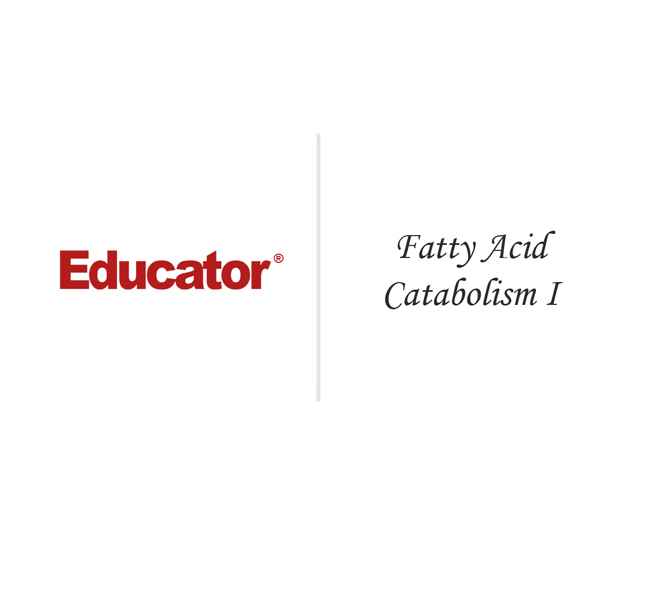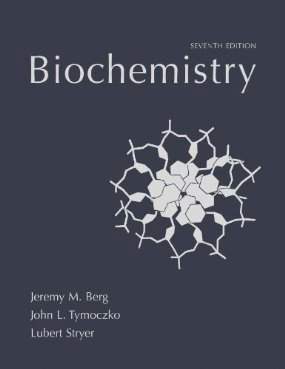Connecting...

For more information, please see full course syllabus of Biochemistry
Biochemistry Fatty Acid Catabolism I
Lipids break down into acetyl-CoA through fatty acid catabolism. They then can enter the citric acid cycle. Fatty acids can be obtained from diet, fat stored in adipocyte cells, or various organs that synthesize fats for use in other organs. A gram can release 40kJ of heat when completely oxidized. Fatty acid oxidation takes place in the mitochondria, but only one composed of 12 carbons or less can enter without assistance from a transport. Larger fatty acids are transported by the carnitine shuttle, which is the rate-limiting step of the reaction and regulates the catabolism of lipids. Carnitine acyltransferase, CATI, converts acyl-CoA to a carnitine ester for transport. This is inhibited by one of the intermediates of fatty acid anabolism, which prevents synthesis and breakdown from happening simultaneously.
Share this knowledge with your friends!
Copy & Paste this embed code into your website’s HTML
Please ensure that your website editor is in text mode when you paste the code.(In Wordpress, the mode button is on the top right corner.)
- - Allow users to view the embedded video in full-size.










































 Answer Engine
Answer Engine




1 answer
Tue Sep 10, 2013 8:34 PM
Post by Vinit Shanbhag on September 9, 2013
Nice explanation:
I was wondering if the fatty acids of 12 and less carbons are also converted into S-COA and than transported or they just get into the membrane with charge on it coo-? since charged molecules cant enter the membrane. Plz correct.